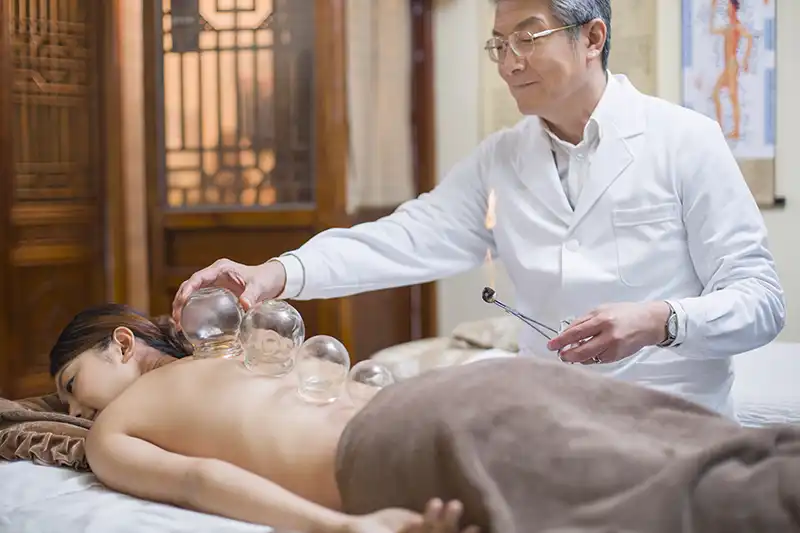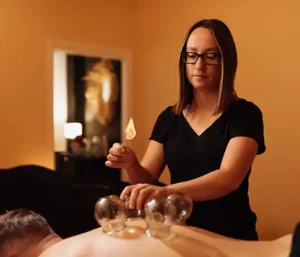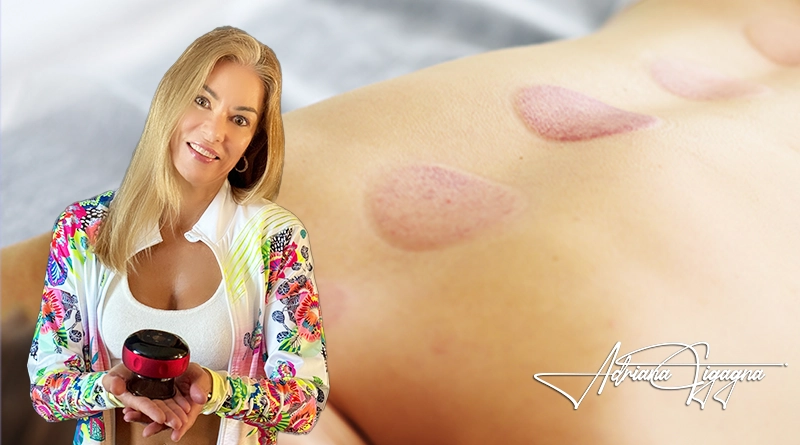Cupping Therapy: Bridging Ancient Wisdom and Modern Healthcare
Table of Contents
ToggleCupping therapy, an ancient holistic practice, has traversed centuries and cultural boundaries to emerge as a versatile treatment in modern complementary medicine. Originating in China and West Asia, this method, dating back to 3000 BCE, harnesses the power of suction to promote healing and well-being. By creating a vacuum on the skin’s surface, cupping therapy not only addresses physical ailments like pain and inflammation but also ventures into aesthetic domains such as cellulite reduction and skin rejuvenation.
In contemporary times, cupping has gained prominence as an alternative to conventional medical treatments, providing a natural approach to health and wellness. Its integration into various therapeutic disciplines underscores a growing recognition of traditional healing methods within the scope of modern healthcare. This article delves into the intricacies of cupping therapy, exploring its mechanisms, applications, and the scientific underpinnings that contribute to its efficacy and popularity.
Understanding Cupping Therapy

Types of Cupping
- Dry Cupping: The more common form, involves heating the air inside a cup to create suction. This method is less invasive and primarily used to promote circulation and relieve muscle tension.
- Wet Cupping: Begins with dry cupping, followed by making small incisions to draw blood or bodily fluids. It’s often used for detoxification but carries risks such as infection.
Cupping Materials
Cups used in therapy are typically made from glass, plastic, bamboo, ceramic, metal, or silicone, each offering unique properties and suited to different treatment approache
Cupping for Cellulite Reduction
Cupping is increasingly used to combat cellulite, particularly in the thigh area. It’s believed to affect deep tissues and visceral fat, promoting drainage of fluids and lymphatic capillaries, thereby reducing the appearance of cellulite. However, it’s important to note that while improvements in cellulite appearance have been observed, these effects are often temporary and influenced by factors like genetics and lifestyle.
Frequency and Duration
For optimal cellulite reduction, it’s recommended to apply suction cups around 10 times on each thigh over approximately five weeks, with visible improvements typically observed after two to three week
Side Effects and Precautions
Cupping is generally safe but may lead to skin marks, worsening of skin problems, or infection. Certain conditions like pregnancy, heart disease, or skin wounds warrant avoidance of cupping.
Body vs. Facial Cupping

Benefits of Cupping
Cupping therapy offers a range of benefits beyond cellulite reduction:
- Pain Relief: Effective in easing muscle and joint pain, increasing blood flow to affected areas.
- Improved Circulation: Enhances blood flow, delivering oxygen and nutrients, and supporting natural healing processes
- Relaxation and Stress Reduction: Many find cupping sessions calming, helping with anxiety and depression
- Immune System Support: By promoting blood circulation, cupping may bolster the immune system, aiding in illness and infection prevention
- Skin Health: Beneficial for skin conditions like acne, eczema, and cellulite, though effects on cellulite are often temporary
Risks and Complications
While generally low-risk, cupping can result in bruising, burns from heated cups, fatigue, headaches, muscle soreness, nausea, and, in rare cases, skin infections or scarring
Effectiveness of Cupping
The effectiveness of cupping is subject to debate, with mixed evidence supporting its benefits. However, it’s widely acknowledged for promoting relaxation, reducing inflammation, enhancing blood circulation, and possibly removing toxins
Conclusion
Cupping therapy, with its roots in ancient medicine, presents a compelling addition to modern healthcare practices, especially in areas of pain management, immune support, and aesthetic applications like cellulite reduction. While its effectiveness varies, the low risk and potential benefits make it a viable option for those seeking alternative treatments.
If you found value in this article and wish to delve deeper into topics related to well-being, health, and nutrition, I invite you to visit my Instagram profile @adriana_lopes_cigagna. There, I share insights, tips, and additional information that can complement your health and well-being journey. I am eager for us to connect and exchange more knowledge
More on Cupping and Alternative Medicine:
What Is Cupping Therapy? Uses, Benefits, Side Effects, and More
What Exactly Is Alternative Medicine?
Medical Disclaimer: This article is for informational purposes only and does not constitute medical advice. Cupping therapy and its effects discussed herein are based on historical practices and contemporary research. However, this should not be considered a substitute for professional medical advice, diagnosis, or treatment. Always seek the advice of your physician or other qualified health provider with any questions you may have regarding a medical condition. The practices and opinions expressed in this article may not represent mainstream medical approaches and could vary from established medical guidelines. Always consult a healthcare professional before beginning any new treatment.





